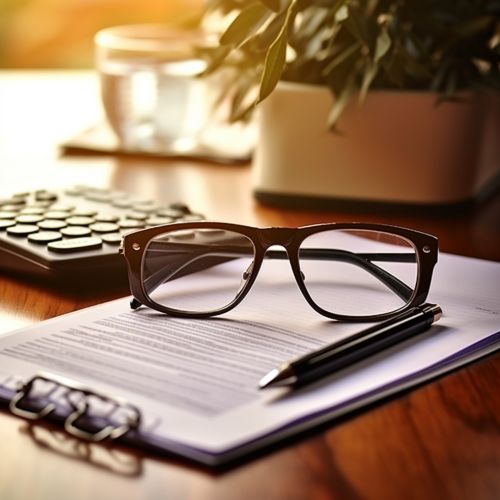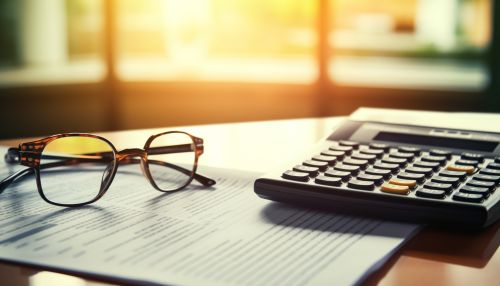Balance Sheet
Overview
A Balance Sheet is a financial statement that provides a snapshot of a company's financial condition at a specific point in time. It details the assets, liabilities, and shareholders' equity of a company, providing a comprehensive view of its financial health and operational efficiency. The balance sheet is one of the three main financial statements used by businesses, the others being the Income Statement and the Cash Flow Statement.
Structure of a Balance Sheet
A balance sheet is divided into two main sections: assets and liabilities & shareholders' equity. Each section is further subdivided into current and non-current (or long-term) categories.
Assets
Assets are resources owned by a company that can be converted into cash or used to generate revenue. They are classified as either current or non-current.
Current Assets
Current assets are assets that are expected to be converted to cash, sold, or consumed within one year or the company's operating cycle, whichever is longer. Examples of current assets include:
- Cash and Cash Equivalents: This includes cash in hand, bank deposits, and other highly liquid investments that can be easily converted into cash.
- Accounts Receivable: This represents the money owed to the company by its customers for goods or services delivered or used but not yet paid for.
- Inventory: This includes raw materials, work-in-progress, and finished goods that a company has on hand.
- Prepaid Expenses: These are payments made in advance for goods or services to be received in the future.
Non-Current Assets
Non-current assets, also known as long-term assets, are assets that are not expected to be converted into cash or used up within one year or the operating cycle. Examples of non-current assets include:
- Property, Plant, and Equipment (PP&E): These are tangible assets that are used in the operations of the business and are not intended for sale.
- Intangible Assets: These are non-physical assets such as patents, copyrights, trademarks, and goodwill.
- Long-term Investments: These are investments that a company intends to hold for more than one year.
The second part of the balance sheet represents the company's liabilities and shareholders' equity. Similar to assets, these are also divided into current and non-current categories.
Current Liabilities
Current liabilities are obligations that are due within one year or the operating cycle. Examples of current liabilities include:
- Accounts Payable: This represents the money a company owes to its suppliers for goods or services received but not yet paid for.
- Short-term Debt: This includes loans or other financial obligations that are due within one year.
- Accrued Liabilities: These are liabilities that have been incurred but not yet paid.
Non-Current Liabilities
Non-current liabilities, also known as long-term liabilities, are obligations that are due after one year or the operating cycle. Examples of non-current liabilities include:
- Long-term Debt: This includes loans or other financial obligations that are due after one year.
- Deferred Tax Liabilities: These are taxes that have been accrued but will not be paid for another year.
- Pension Liabilities: These are obligations to pay pension benefits.
Shareholders' Equity, also known as net assets, represents the residual interest in the assets of the company after deducting liabilities. In other words, it represents the amount that the owners of the company would receive if all the assets were sold and all the debts were paid. Shareholders' equity is divided into:
- Paid-in Capital: This is the amount that shareholders have invested in the company.
- Retained Earnings: This is the cumulative net income of the company that has been retained (i.e., not paid out as dividends) for reinvestment in the business or to pay debt.
The Accounting Equation
The balance sheet is based on the fundamental Accounting Equation: Assets = Liabilities + Shareholders' Equity. This equation must always balance, hence the name "balance sheet". If it does not balance, it indicates that there are errors in the accounting records.
Importance of a Balance Sheet
The balance sheet is an essential tool for investors, creditors, and other stakeholders as it provides key insights into a company's financial health. It allows for the analysis of a company's liquidity, leverage, operational efficiency, and capital structure. Moreover, by comparing balance sheets from different time periods, trends and patterns can be identified, providing valuable information for decision-making.
Limitations of a Balance Sheet
While the balance sheet is a crucial financial statement, it has its limitations. It only provides a snapshot of a company's financial position at a specific point in time and does not necessarily reflect its market value. Some assets and liabilities are reported at historical cost, not current market value. Furthermore, certain items like brand value, human capital, and customer loyalty, which may have significant value, are not recorded as assets on the balance sheet.
See Also


